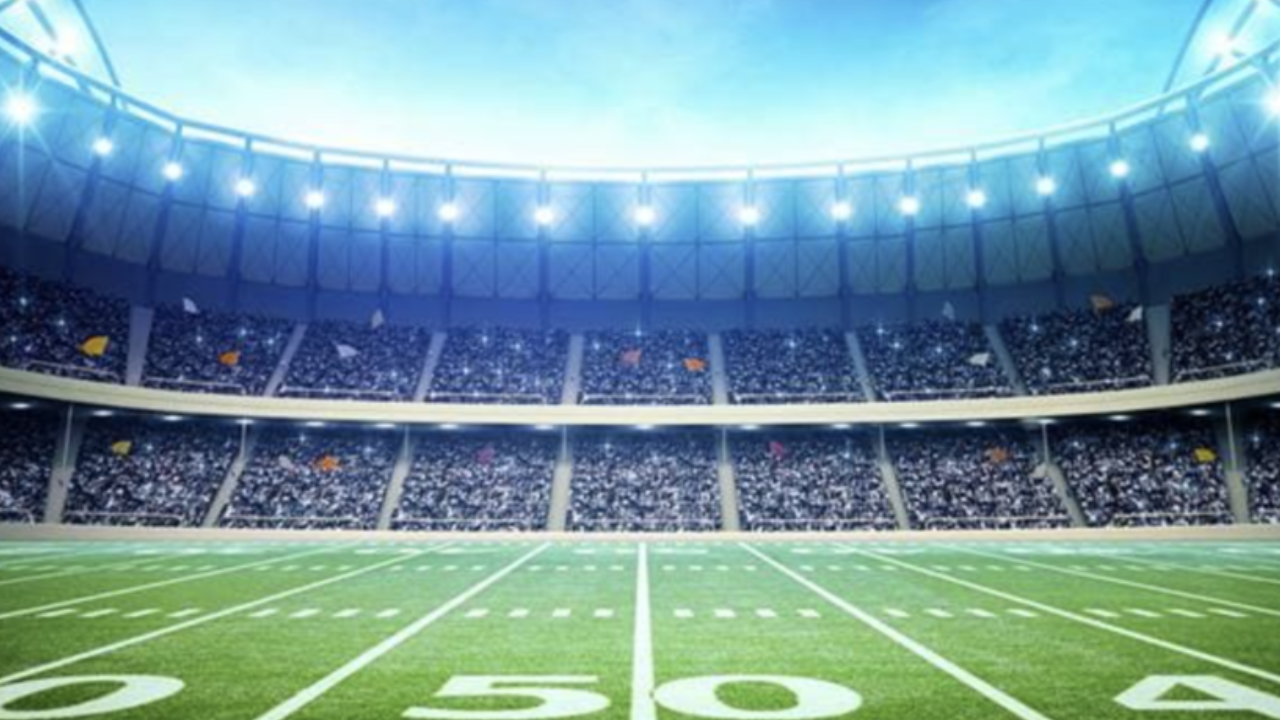Making a space aesthetically pleasing and useful requires a well-thought-out lighting arrangement. A few common blunders to steer clear of are color temperature mismatch, layered lighting neglect, natural light impact, and insufficient work lighting. A chance for sustainability is lost when energy-efficient solutions are ignored, and improper fixture placement can result in uneven illumination. To avoid pain, light intensity must be balanced.
Design coherence is ensured when lighting and architecture are combined. Designers may maximize lighting environments by resolving these issues and advancing comfort, usefulness, and aesthetic appeal. An intelligent Lighting Layout not only provides illumination but also elevates the general atmosphere of the room through careful consideration of fixture positioning, color temperature, and energy economy.
Why Is a Lighting Layout Important In Sports?
In sports, a well-planned lighting layout is essential for performance, safety, and visibility. It improves player identification, supports officials, and adds to the overall fan experience. It guarantees top-notch broadcasts for sports on television. Official competitions need adherence to lighting standards. Furthermore, energy-efficient lighting supports sustainability objectives while also lowering operating expenses. A well-thought-out lighting design is essential to establishing a setting that promotes athletic performance, safety, and enjoyment for players and spectators alike.
The Common Mistakes to Avoid In Lighting Layouts
Numerous commonplace errors can compromise the achievement of a lighting plan. In this article, we can explore those pitfalls and offer insights on the way to avoid them.
Neglecting the Layered Lighting Fixtures
One universal mistake is the oversight of layered lighting. Layered lighting includes combining ambient, task, and accessory lights to create a harmonious and versatile environment. Neglecting this sort of layer can bring about an area that feels flat or lacks functionality. To deal with this, designers have to cautiously not forget the meant purpose of every place and incorporate the proper layers consequently.
Ignoring Herbal Light
Some designers make the error of underestimating the significance of herbal light. Overreliance on synthetic lighting fixtures can cause immoderate strength consumption and an unnatural environment. It is essential to harness herbal light effectively by strategically placing home windows, skylights, or glass walls. Moreover, window treatments ought to be considered to control glare and enhance the overall lighting fixtures experience.
Overlooking Light Coloration Temperature
The color temperature of mild considerably influences the temper and perception of a space. Using lighting fixtures with inconsistent shade temperatures can create disjointed and uncomfortable surroundings. Designers have to pick out mild sources with steady shade temperatures in the course of the gap to make certain cohesive and best lighting surroundings.
Insufficient Assignment
Inadequate mission lighting fixtures is a not unusual mistake that influences functionality. Task lighting fixtures need to be cautiously planned in regions in which precise sports take place, which include kitchen counters, work desks, or analyzing nooks. Neglecting proper project lights can result in eye strain, decreased productiveness, and discomfort. Designers have to prioritize mission-light answers that cater to the particular needs of every place.
Poor Fixture Placement
Misplacing light fixtures can result in uneven illumination and shadows, detracting from the overall layout. Attention ought to be given to the location of fixtures to ensure even distribution of light. This entails evaluating the height, angle, and spacing of furnishings to attain the most beneficial illumination and a visually appealing ambiance.
Neglecting Energy Efficiency
In technology of accelerated environmental focus, neglecting strength-efficient lighting fixture solutions is a full-size oversight. Choosing LED or CFL bulbs over traditional incandescent ones can reduce energy intake and decrease utility fees. Additionally, incorporating lighting fixture controls which include dimmers, sensors, and timers can further decorate energy efficiency.
Ignoring the Architecture
The success of a lighting design is greatly influenced by the architectural features of a space. A lighting arrangement that is at odds with the overall design aesthetic might arise from neglecting architectural elements including room layout, ceiling height, and material finishes. To create a unified and aesthetically pleasing space, lighting should accentuate and compliment architectural features.
Conclusion
To create an effective and memorable design, lighting schemes must avoid these frequent blunders. Designers can create spaces that are not only well-lit but also functional and aesthetically pleasing by embracing layered lighting, appreciating the importance of natural light, considering color temperature, providing adequate task lighting, placing fixtures thoughtfully, emphasizing energy efficiency, balancing light intensity, and integrating lighting with architecture.

